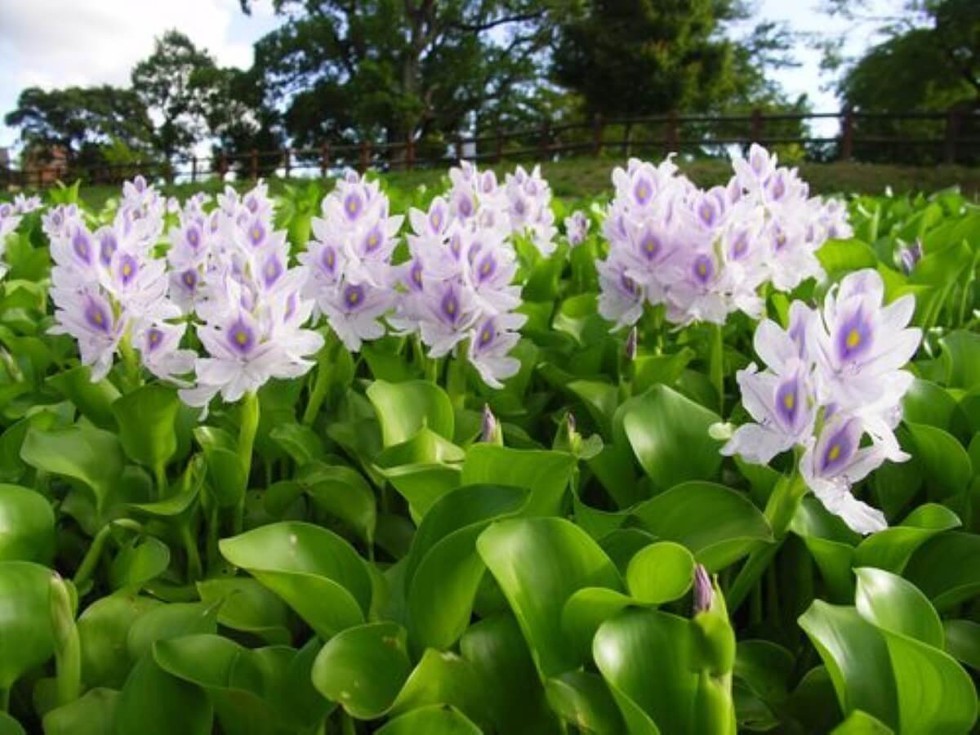
Water Hyacinth

27.03.2025
Water Hyacinth
|
For Prelims: About Water Hyacinth |
Why in the news?
A thick blanket of water hyacinth covers the Mula river near Holkar Bridge, raising alarms among residents about the river's deteriorating condition.
About Water Hyacinth:
- It is a free-floating, aquatic plant in the pickerelweed family.
- Scientific Name: Eichhornia crassipes
- It is native to tropical regions of South America and is now present on all continents except Antarctica.
- It is one of the world’s most serious water weeds because of its aggressive, fast-growing nature.
- It can form dense mats that reduce the water quality, change water flows, and increase sediment.
- It crowds out native aquatic plants and animals, altering ecosystems, destroying habitats, and blocking irrigation systems.
- It has thick, glossy green leaves and lavender to violet flowers with a yellow spot.
- It was introduced to India during the British colonial rule as an ornamental aquatic plant from South America.
Uses of the Water Hyacinth:
- The plant has been used as a biofertilizer in some organic agriculture practices.
- The plant produces beautiful purple flowers that have high aesthetic value.
- It is rich in fibrous stems that can be processed into a wide array of handbags, interior decorative material, table mats, baskets, and other products.
- It has been reported that this plant is a good phytoremediation species, suggesting it has the ability to trap and remove toxic metabolites and harmful heavy metals from water.
Source: The Times of India
Consider the following statements regarding Water Hyacinth:
1. It is a free-floating, aquatic plant native to Africa.
2. It can form dense mats that reduce water quality and alter ecosystems.
Which of the statements given above is/are correct?
A.1 only
B.2 only
C.Both 1 and 2
D.Neither 1 nor 2
Answer B